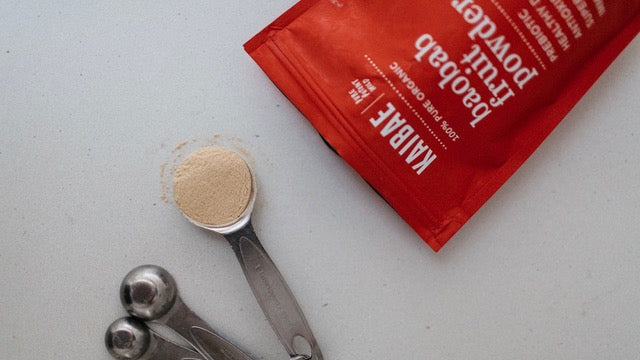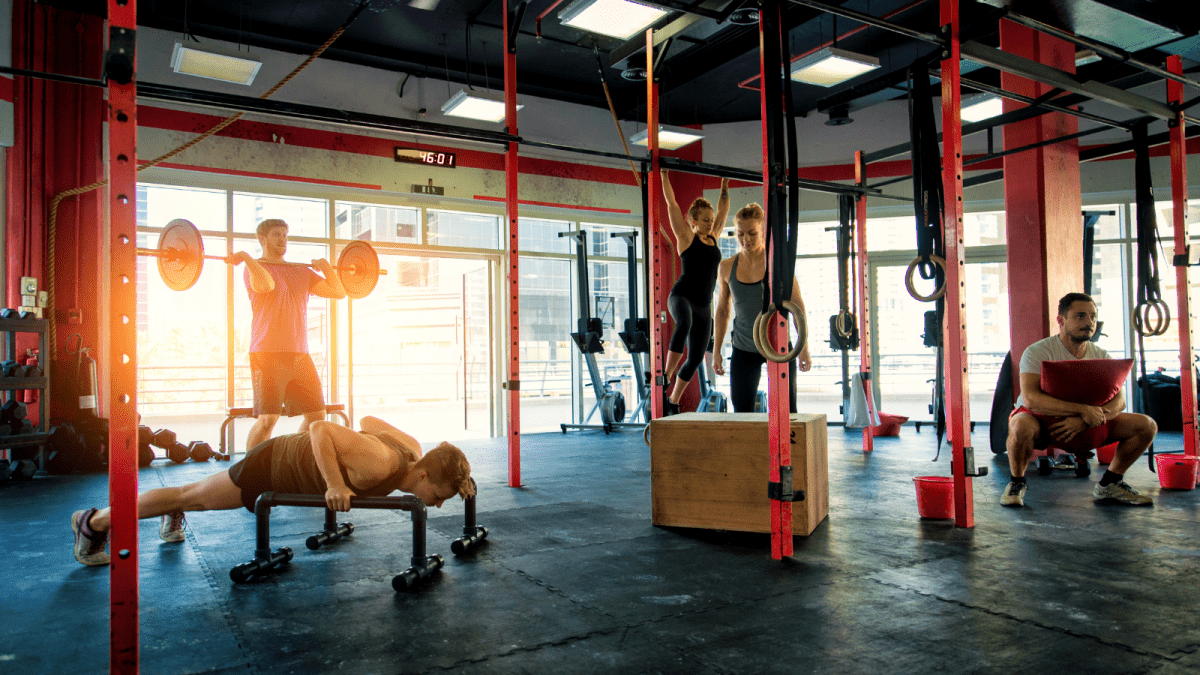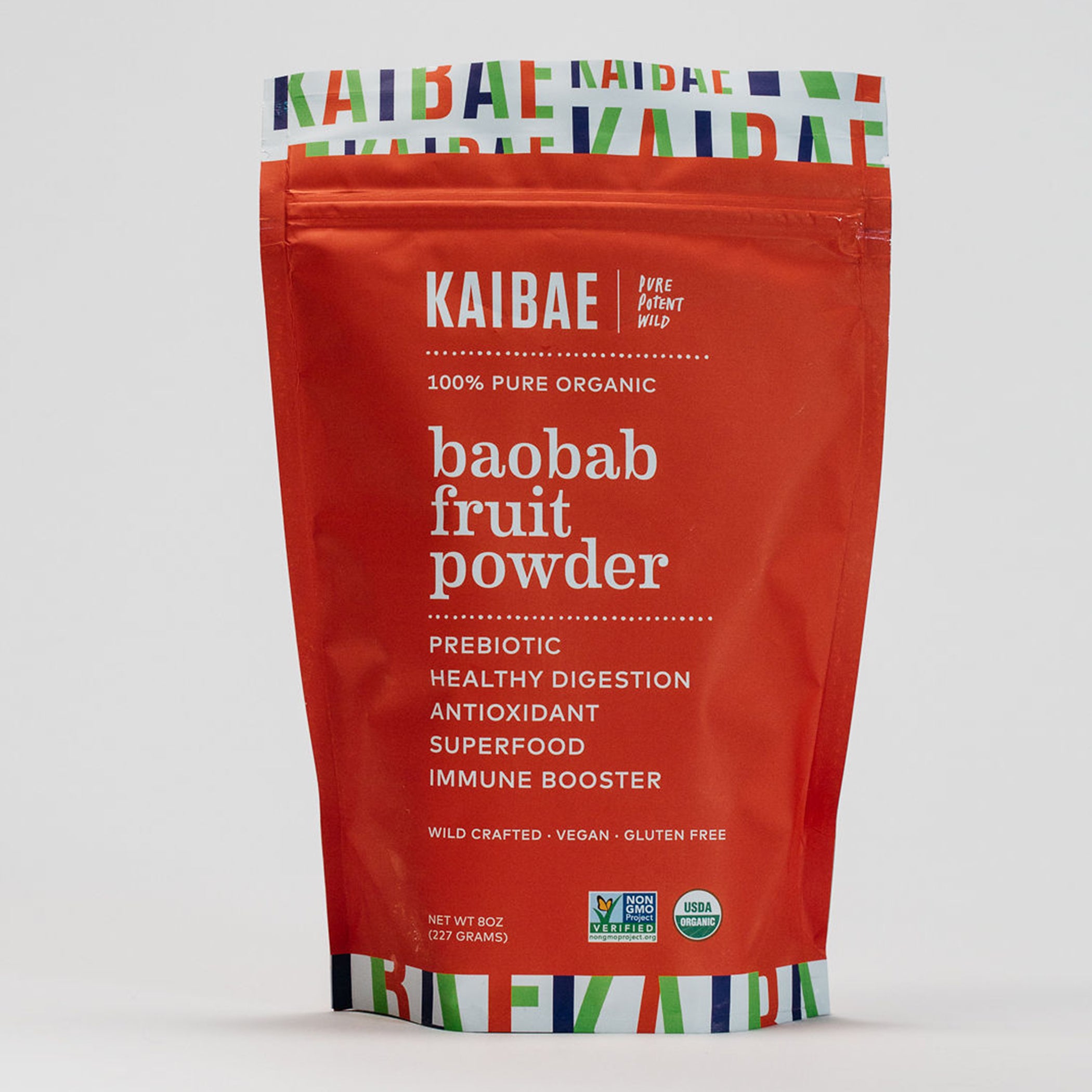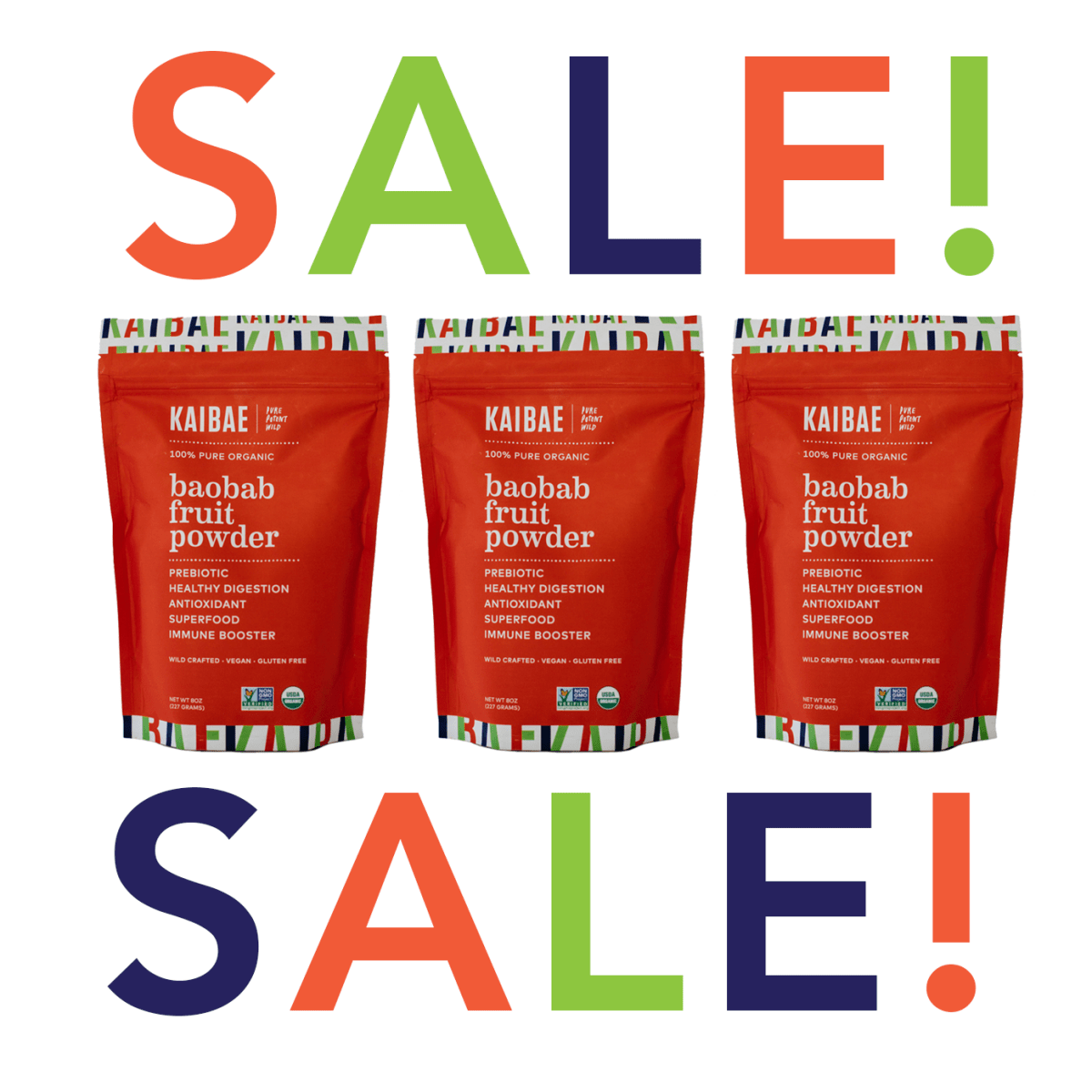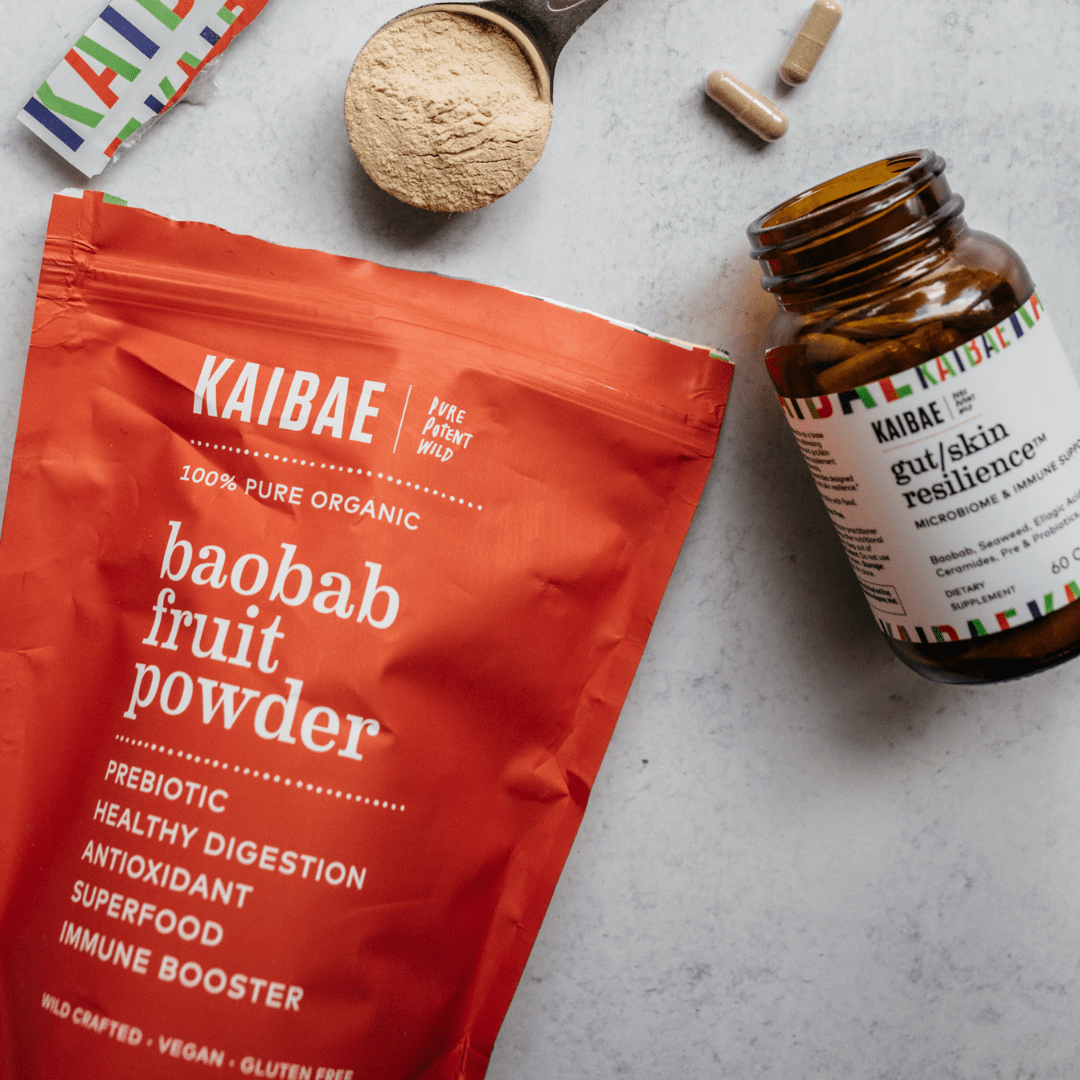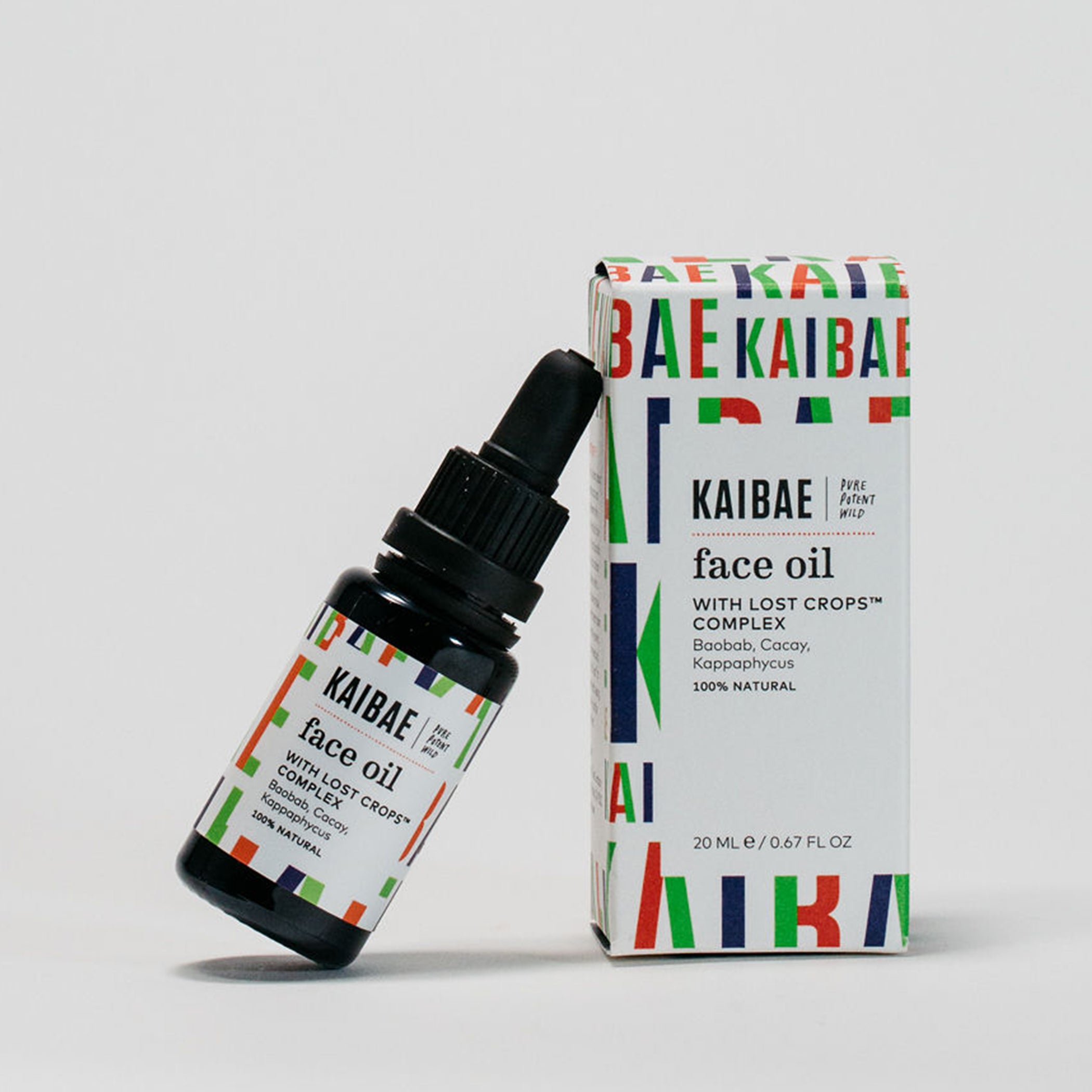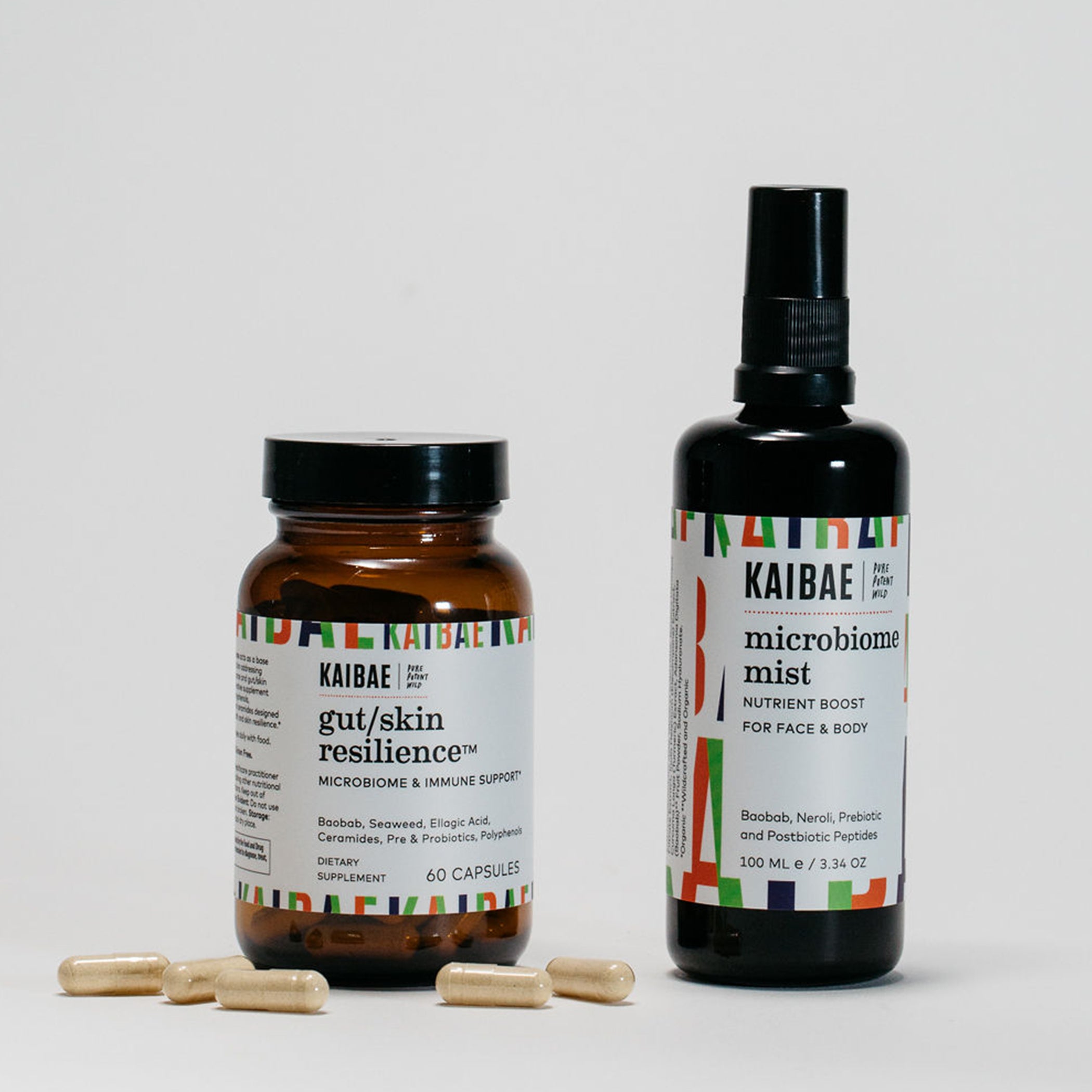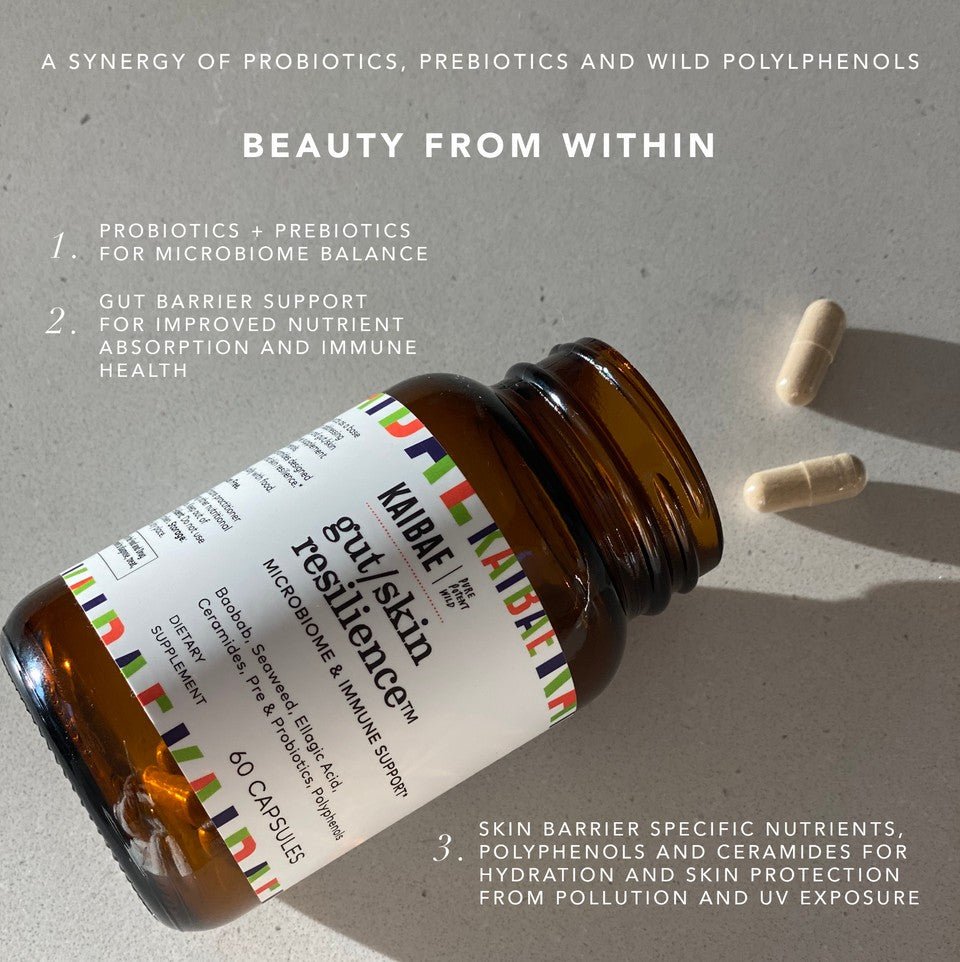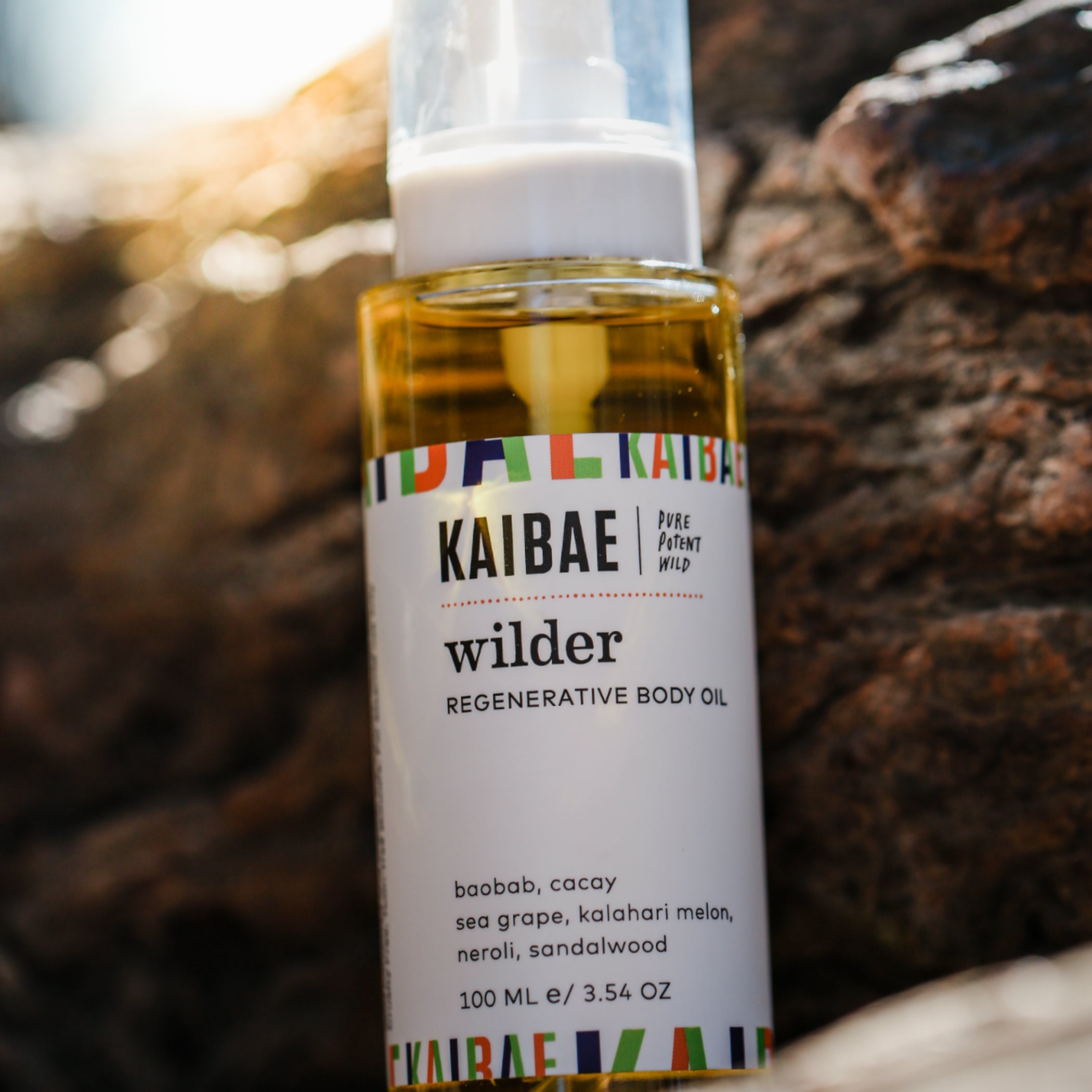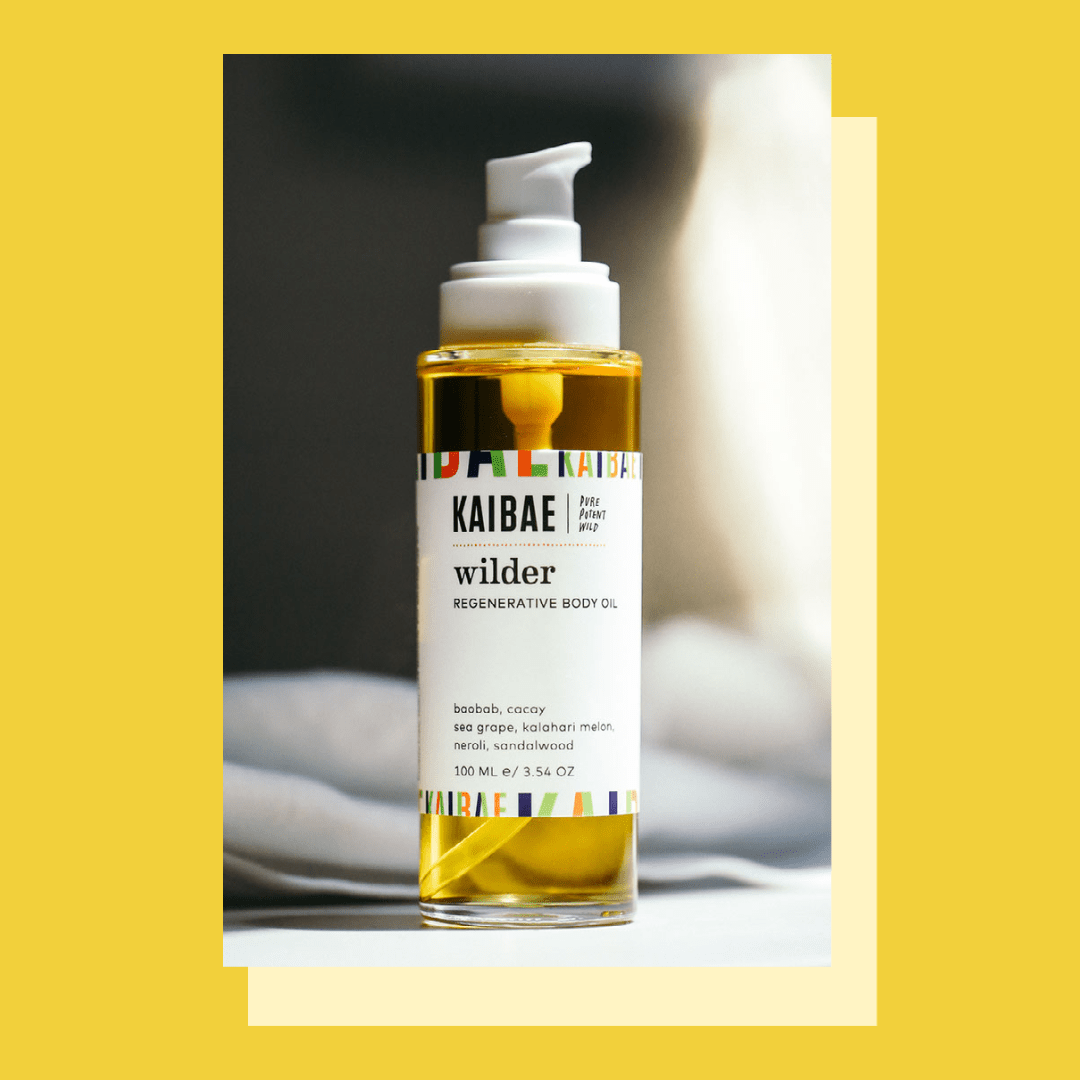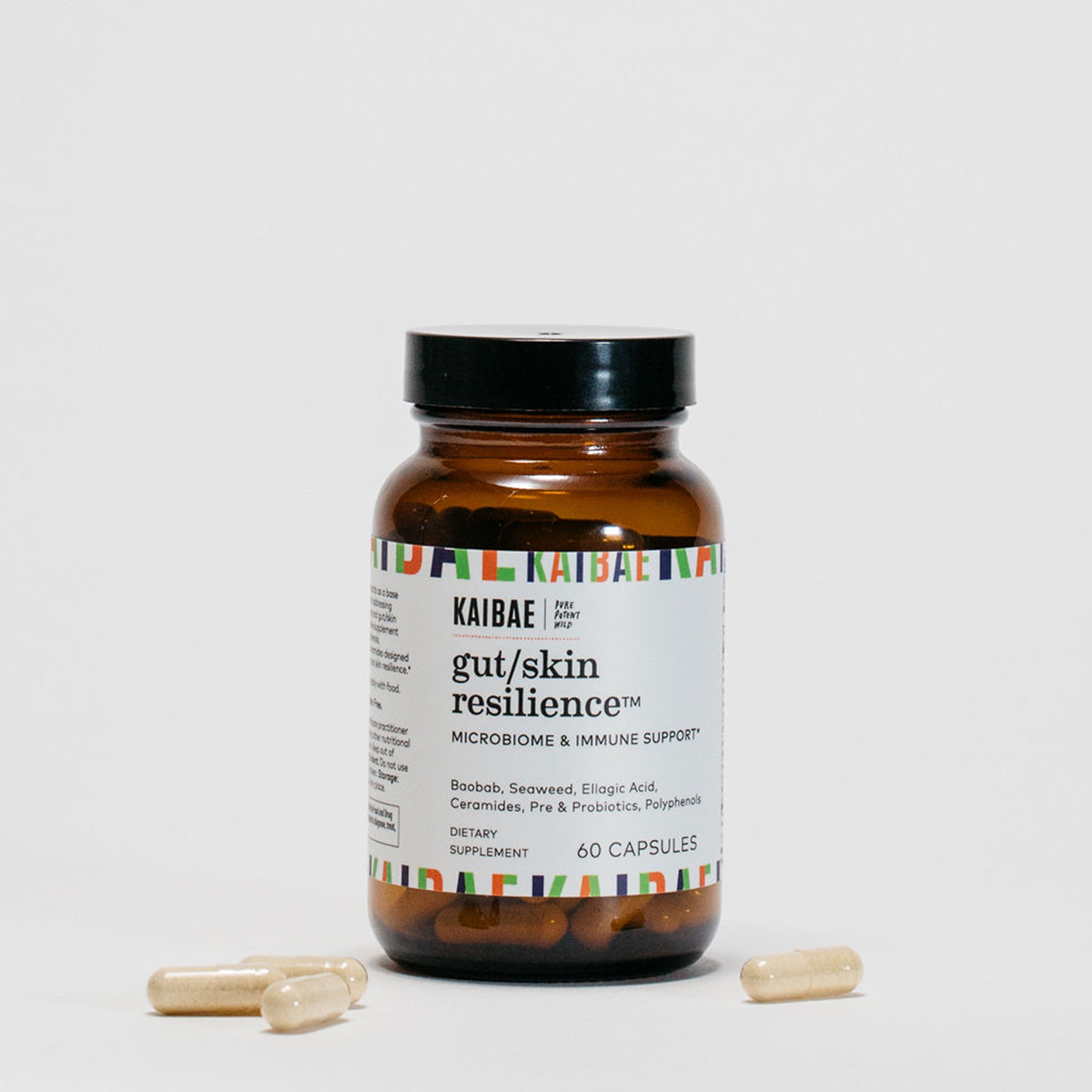Why Athletes Love Baobab—The Superfruit of Rift Valley Runners

When it comes to elite performance, athletes are always on the hunt for natural, effective ways to fuel their bodies, boost recovery, and maintain peak health. In recent years, one African superfruit has been quietly gaining ground as a go-to powerhouse for endurance athletes, runners, and fitness enthusiasts alike: Baobab fruit powder.
Known as the “Tree of Life,” the Baobab tree (Adansonia digitata) is native to the African savannah. Its fruit pulp naturally dries inside the pod while still on the tree. Once harvested, the pods are cracked open and the dry Baobab fruit is ground into a finer powder that is exceptionally rich in vitamin C, prebiotic fiber, and essential minerals like potassium, calcium, and magnesium. But beyond its impressive nutrient profile, Baobab has deep roots—both literally and culturally—in the endurance traditions of East Africa, particularly among the legendary Rift Valley Runners.
The Nutritional Edge of Baobab for Athletes
Athletes put their bodies through intense stress, whether in training or competition. That’s where Baobab fruit powder truly shines:
-
Hydration and Electrolyte Balance: Baobab’s high potassium content supports muscle function and helps replace electrolytes lost through sweat—critical for preventing cramps and maintaining performance in long races.
-
Recovery and Immunity: With up to six times more vitamin C than oranges, Baobab helps reduce oxidative stress and inflammation from intense workouts, while supporting immune resilience.
-
Gut Health for Better Energy: Baobab is one of the richest natural sources of soluble and insoluble prebiotic fiber, feeding beneficial gut bacteria. A healthy microbiome improves nutrient absorption, stabilizes energy, and supports overall stamina.
-
Natural Energy Without the Crash: Unlike synthetic sports drinks or processed snacks, Baobab’s low glycemic load delivers a steady release of energy, helping athletes avoid sugar spikes and slumps.
It’s no wonder more endurance athletes are blending Baobab into smoothies, water bottles, and their recovery snacks. But this isn’t just a modern trend—Baobab is tied to an athletic tradition that has dominated the world stage for decades.

The Rift Valley Runners: A Legacy of Endurance
The highlands of Kenya’s Rift Valley are home to some of the most dominant long-distance runners in history. From Olympic champions to marathon world record holders, these athletes have consistently stunned the world with their speed, stamina, and sheer determination.
The region’s success is often credited to a combination of factors: genetics, high-altitude training, a culture that celebrates running, and a diet rich in natural, unprocessed foods. Baobab fruit has long been part of the local food culture—consumed in porridges, drinks, and snacks for both children and adults.
For young runners growing up in the Rift Valley, Baobab isn’t a trendy superfood; it’s a familiar source of nourishment. The fruit’s tart, citrus-like flavor is often enjoyed as a natural energy booster before and after runs. Packed with minerals and antioxidants, it fits seamlessly into the athletes’ simple but nutrient-dense diets, which also feature maize, beans, leafy greens, and other locally grown staples.
 Baobab and Protein: Synergy for the Gut-Muscle Axis
Baobab and Protein: Synergy for the Gut-Muscle Axis
In recent sports science, a fascinating connection has emerged between gut health and muscle performance, often referred to as the gut-muscle axis. This concept highlights how a healthy gut microbiome can enhance muscle function, recovery, and even growth.
Here’s where Baobab super fiber works in harmony with increased protein intake:
- Better Protein Absorption – Athletes often consume higher levels of protein to repair and build muscle. But without a healthy gut, much of that protein isn’t fully absorbed or efficiently used. Baobab’s prebiotic fiber feeds beneficial bacteria that improve nutrient uptake—meaning more of the protein you eat actually gets to your muscles.
- Reduced Inflammation for Recovery – Heavy training and high protein diets can sometimes cause gut irritation. Baobab’s polyphenols and fiber help reduce inflammation in the gut lining, which in turn supports better digestion and faster nutrient delivery to muscles.
- Stable Energy for Muscle Output – Protein helps rebuild muscle, but fiber keeps blood sugar stable and energy levels consistent during workouts. Baobab’s low glycemic impact ensures that while protein is doing its repair work, your body still has steady fuel for performance.
- Enhanced Amino Acid Utilization – Emerging research shows that certain gut bacteria, supported by prebiotics like Baobab fiber, help metabolize amino acids more effectively—meaning the muscle-building blocks from protein are put to work faster and more efficiently.
- Gut Integrity for Peak Training – Athletes pushing their limits sometimes experience “leaky gut” due to stress and intense exercise. Baobab’s fiber supports a strong intestinal barrier, which helps prevent the loss of essential nutrients and reduces the risk of systemic inflammation that can hinder muscle recovery.
In short, Baobab’s prebiotic fiber creates the optimal environment for protein to do its job. It’s like laying a smooth, well-paved road for a delivery truck—protein is the cargo, and Baobab fiber makes sure it reaches its destination: strong, resilient muscles.
Baobab in the Spotlight: GQ’s Pick for Smarter Shakes
When it comes to protein and performance, GQ recently spotlighted Baobab as a smart, science-backed addition to modern wellness routines — especially for anyone focused on gut health, clean energy, and recovery.
Why athletes add Baobab to their protein shakes
Most protein shakes deliver macronutrients — but they often miss the prebiotic fiber your gut needs to actually digest, absorb, and metabolize those nutrients effectively. That’s exactly where Baobab makes a measurable difference. That’s where Baobab changes the game.
- Balances your shake: Baobab’s soluble fiber slows digestion, improving nutrient uptake and keeping blood sugar stable.
- Boosts gut performance: Its natural prebiotics feed beneficial microbes that help break down protein and support amino acid absorption.
- Enhances recovery: Rich in vitamin C, polyphenols, and electrolytes — Baobab supports collagen synthesis, reduces oxidative stress, and aids hydration post-workout.
- Tastes naturally bright: With a subtle citrus tang, it complements vanilla, chocolate, or berry protein blends without added sugar or artificial flavoring.
Add one tablespoon of KAIBAE Baobab Fruit Powder to your favorite protein shake or smoothie. It’s not just fiber — it’s functional nutrition that bridges microbiome health, metabolism, and energy balance.
15 Amazing Benefits of Baobab Powder You'll Love
Baobab + Protein = Gut-Muscle Power
Why it works:
-
Feeds your gut, fuels your muscles – Baobab’s prebiotic fiber boosts the gut bacteria that help break down and absorb amino acids from protein.
-
Faster recovery – Polyphenols + fiber reduce gut inflammation, improving nutrient delivery to muscles.
-
Better protein payoff – More of your protein gets used for repair and growth instead of being wasted.
-
Stable energy – Fiber keeps blood sugar steady while protein builds muscle.
-
Stronger gut barrier – Protects against “leaky gut” caused by intense training.
Result: A healthy gut makes your protein work harder—so your muscles recover faster, grow stronger, and keep performing at their best.

Modern Sports Science Meets Ancient Tradition
Today, sports nutritionists are catching up to what Rift Valley communities have known for generations: Baobab is a natural performance ally. Researchers have documented its ability to improve hydration status, support gut health, and reduce post-exercise inflammation—all key factors in recovery and performance longevity.
Elite marathoners and triathletes are now adding Baobab to their training regimens, often mixing it into electrolyte water, protein shakes, and energy gels. Its versatility means it can be used pre-workout for sustained energy, during workouts to support hydration, and post-workout for faster recovery.
Bringing Baobab to the Global Athletic Stage
While Rift Valley runners may have had Baobab in their diets for generations, the rest of the sporting world is only beginning to tap into Baobab fruit’s potential. As more athletes turn away from processed sports supplements in favor of natural, whole-food options, Baobab stands out for its nutrient density, portability, and sustainability—it’s harvested from wild trees, supporting rural African communities without the need for intensive agriculture.
From the wild highland trails of Kenya to global finish lines Baobab fruit powder is proving itself as more than a supplement—it’s a bridge between ancient tradition and cutting-edge sports nutrition. For athletes chasing their personal best, it offers not just a competitive edge, but a connection to one of the greatest running legacies the world has ever seen. Discover why this ancient African super fruit is becoming a modern performance essential.




